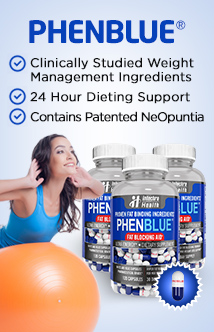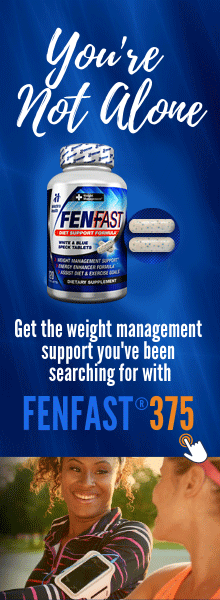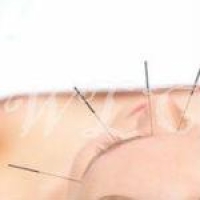Osteoporosis
- Senior Health
- Hits: 5417
Osteoporosis, which means "porous bones," is a condition characterised by a fragile skeleton and weak brittle bones that break easily. The causes of osteoporosis are a combination of genetic, dietary, hormonal, age-related, and lifestyle factors. Osteoporosis, which is much more common in women, usually progresses painlessly until a bone fracture occurs, which is usually in the hip, spine, or wrist.
Who is affected by Osteoporosis?
Overall, approximately eight million American women and 2 million men have osteoporosis. In the UK, it already affects 1 in 3 women over the age of 60 and 1 in 2 over 70, and more women die from complications following hip-fractures than from major female cancers.
Here are some interesting statistics about Osteoporosis:
-
Women are four times more likely than men to develop osteoporosis because of the loss of estrogen at menopause. (Estrogen blocks or slows down bone loss.)
-
Over half of all women over the age of 65 have osteoporosis.
-
Even though osteoporosis is often thought of as a disease that only affects older people, it can strike at any age.
-
Osteoporosis leads to 1.5 million fractures, or breaks, per year, mostly in the hip, spine and wrist, and costs $14 billion annually.
-
One in two women over the age of 50 will suffer an osteoporosis-related fracture.
What are the risk factors for osteoporosis?
Factors that can increase your chances of developing osteoporosis include:
-
Being female
-
Having a small, thin body frame
-
A family history of osteoporosis
-
Being post-menopausal or of advanced age
-
Being Caucasian or Asian
-
Abnormal absence of menstrual periods
-
Anorexia nervosa or bulimia
-
Low testosterone levels in men
-
Lack of calcium and vitamin D
-
Inactive lifestyle
-
Long-term use of glucocorticoids (medications prescribed for many diseases, including arthritis, asthma, and lupus) anti-seizure medications; gonadotropin releasing hormone for treatment of endometriosis; aluminum-containing antacids; certain cancer treatments; and excessive thyroid hormone
-
Cigarette smoking
-
Excessive use of alcohol and high salt, protein, and caffeine intake
How do I know if I have osteoporosis?
A family medical history and bone mass measurements are part of a complete assessment. Often a bone fracture is the first sign of osteoporosis. Ask your doctor to help you better understand your own risk and become aware of prevention and treatment options.
Bone density tests for Osteoporosis
Routine x-rays can't detect osteoporosis until it's quite advanced, but other radiological methods can. The US Food and Drug Administration (FDA) has approved several kinds of devices to estimate bone density. Most require far less radiation than a chest x-ray. Doctors consider a patient's medical history and risk factors in deciding who should have a bone density test. Readings are compared to a standard for the patient's age, gender and body size. Different parts of the skeleton may be measured, and low density at any site is worrisome. Bone density tests are useful for confirming a diagnosis of osteoporosis if a person has already had a suspicious fracture, or for detecting low bone density so that preventive steps can be taken.
What is pregnancy-associated osteoporosis?
Pregnancy-associated osteoporosis is believed to be a rare condition that is usually found in the third trimester or postpartum period. It usually occurs during the first pregnancy, is temporary, and does not recur. Women affected usually complain of back pain, have a loss of height, and have vertebral fractures. Researchers do not know if this condition occurs as a result of pregnancy or because of pre-existing conditions in a pregnant woman. Factors that may cause this condition, such as genetic factors or steroid use, are being studied. Even though there is stress on a pregnant woman’s calcium supply and calcium excretion is increased by frequent urination, other changes during pregnancy, like increases in oestrogen and weight gain, may actually help bone density.
Breastfeeding and Osteoporosis
Although significant amounts of bone mineral can be lost during breastfeeding, this loss tends to be temporary. Studies consistently have shown that when women have bone loss during lactation, they recover full bone density within six months after weaning.
How can I protect myself from having osteoporosis?
Osteoporosis is usually preventable. Females need to take steps to protect the health of their bones while they are still children, and on through their teenage and young adult years. Building strong bones at a young age will lessen the effect of the natural bone loss that begins to occur around age 30.
-
Eat foods rich in calcium and vitamin D, such as low-fat milk, yogurt, cheese, fish with edible bones like salmon and sardines, and dark green, leafy vegetables, like kale and broccoli.
-
Do weight-bearing exercise, such as walking, jogging, hiking, playing tennis, and stair climbing. Exercise builds bone and muscle strength and helps prevent bone loss and improves coordination to prevent falls. It also helps older people stay active and mobile. Weight-bearing exercises, done on a regular basis, are best for preventing osteoporosis. Always check with your doctor before starting an exercise program.
-
If you are postmenopausal, consider estrogen replacement.
-
Consider using calcium supplements, but discuss the choice of supplements with your doctor first.
-
Don't smoke.
-
Limit alcoholic beverages.














